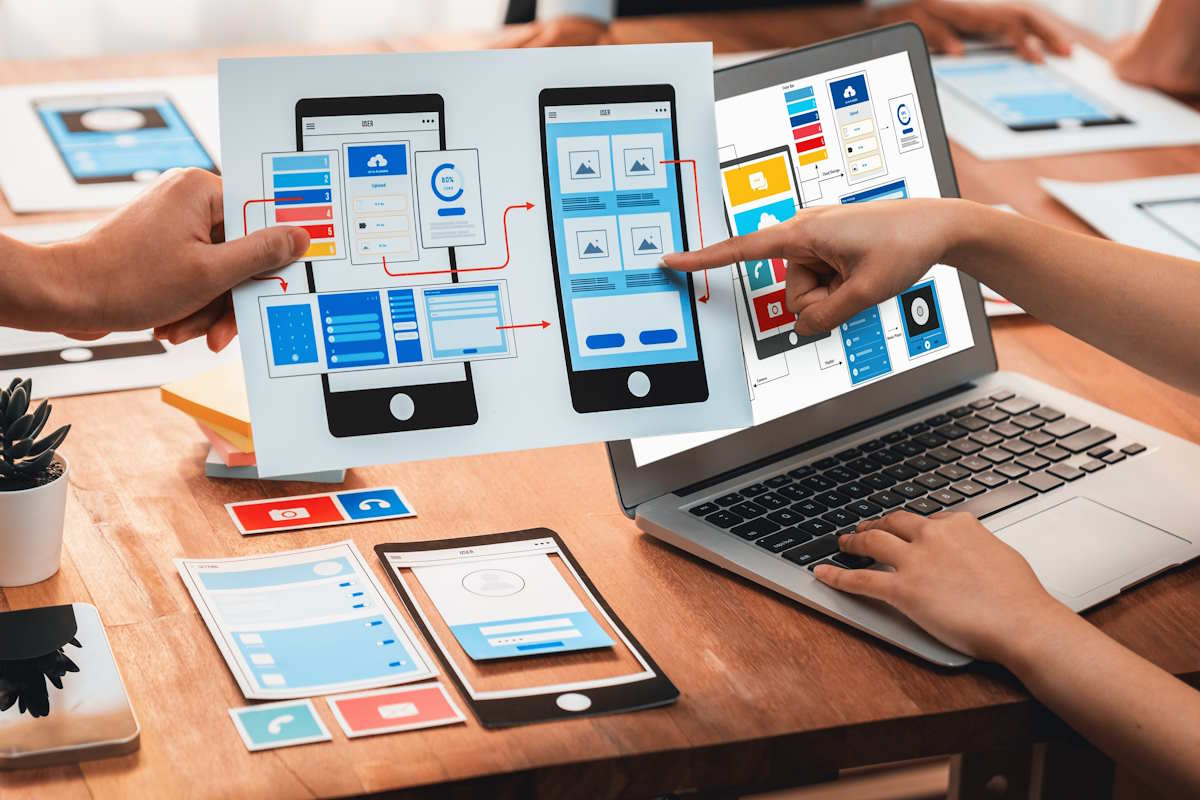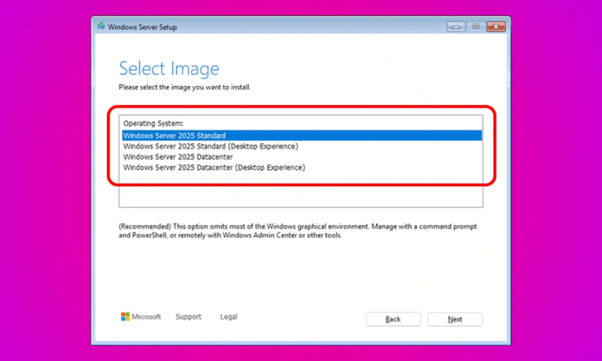Many players dislike Counter-Strike for its in-game roulette, which was created by the case system. On the one hand, there is a very low percentage of getting something worthwhile for the money invested in dozens of cases with random weapons. On the other hand, opening cases is much cheaper than buying expensive skins, and the chance of them falling out increases in proportion to the high cost of the cases themselves. This article written by eZstah is dedicated to the most expensive cases in CS2, when opened, you can get a rare skin. You can learn more about the inventory of players Mathieu “ZywOo” Herbaut from Vitality or Valerii “b1t” Vakhovskyi from NAVI and also use the CS2 inventory value checker on the Profilerr website.

CS:GO Weapon Case 2
The second version of the legendary weapon case was released on November 8, 2013, as part of the “The Arms Deal 2” collection. This set offers players about 12 weapon skins, the average cost of which is guaranteed to be $11-15. Among the most expensive skins are P90 | Cold Blooded ($50-$70), SSG 08 | Blood in the Water ($35-$400), and USP-S | Serum ($24-$50). You can increase your capital thanks to the relatively low cost of the case itself: for $10 you get almost a 30% opportunity to get a skin 1.5-2 times more expensive.
Operation Hydra Case
May 24, 2017, has long been a memorable date for CS:GO fans – Hydra was one of the last operations, followed by a long break before the next one. Unlike the previous case, the seven-year-old operation case actually contains rare skins that are very popular in the community. We are talking about AWP | Oni Taiji ($150-$800), Five-SeveN | Hyper Beast ($19-$400), and M4A4 | Hellfire ($28-$125). You can try your luck with this case for around $14, which is also quite a reasonable price for a collection of skins of this level.
Operation Bravo Case
Let’s move on to really serious cases. The price for a Bravo case is unstable, but can often be at least $37-$38. The figure is quite justified: the set includes an AK-47 | Fire Serpent ($480 to over $4,000), which can increase the value of your inventory by about ten times. Among the equally rare and popular skins, it is worth noting AWP | Graphite, whose price tag can reach $360 for a version with a StatTrak counter. By the way, among the most expensive cases in CS2, it is “Bravo” that can drop out as a weekly reward.
eSports 2013 Case
One of the first cases in the shooter, which as of the end of April 2024 attracts about 750,000-800,000 players monthly. It is unlikely that such a case can please with rare and expensive skins: rather, players are simply paying tribute to such an ancient case from the developers. The maximum price for a skin from this collection is about $295 for the Factory New version without the StatTrak counter – we’re talking about AWP | BOOM. The probability of it falling out of the case is less than a percent, so it is hardly advisable to pay $38 for such a weak opportunity to increase funds.
CS:GO Weapon Case
The most expensive case in the game is rightfully considered one of the oldest cases in the game, whose cost is $65. Among the most expensive skins in the collection are those that are popular even among professional players ten years after their appearance in the game. For example, the legendary AWP | Lightning Strike, whose price in 2024 reaches $542 or more, or Case Hardened for AK-47 with hundreds of rare patterns. By paying more than $54 for such a case, you get the opportunity with almost a 50% chance to pick up a skin that is more expensive than the cost of the case itself.
When Can You Receive the Souvenir Cases?
From souvenir packs in CS2, you can get unique variations of skins, which usually cost significantly more than regular versions. During the existence of the game, the rules for dropping souvenir weapon variants have changed several times. There are several ways to get valuable cases from which they drop.
Souvenir packs are associated with major CS2 competitions and drop during the event period. The easiest way to get multiple packs is to purchase a Viewer Pass from the in-game store during the Major. It is sold in two versions – complete with three souvenir tokens or without them. Each of the tokens can be exchanged for a souvenir pack associated with any of the completed matches of the major. The result is a slightly better deal than purchasing the spectator pass and packs separately.
Additionally, during the Major, you can earn additional Souvenir tokens by leveling up your Pick’Em Coin. Since it has four levels (bronze, silver, gold, and diamond), this way you will be able to get three more tokens. This method only works directly during the major, for example, in the case of PGL Copenhagen Major 2024, until March 31st.
There is no limit to the number of souvenir cases that one player can open. If you want to get more than what is described above, they can be purchased separately in the in-game store.
How to get souvenir packs from past majors? If you want to get old souvenir sets to try your luck at opening them, the easiest way is to purchase them from a third-party marketplace.
Final Thoughts
Skins in CS2 add an extra element of excitement to the game, particularly through opening cases. Valve offers players many interesting cases from different price categories, you can focus on your own tastes and budget. However, it is worth remembering that the likelihood of getting the desired skin when opening cases is minimal. Use Profilerr to learn more about the inventory of the best CS2 players, as well as settings for a better game. The site is accessible to players of different skill levels from different parts of the world – New York (USA), Madrid (Spain), and Beijing (China).




















